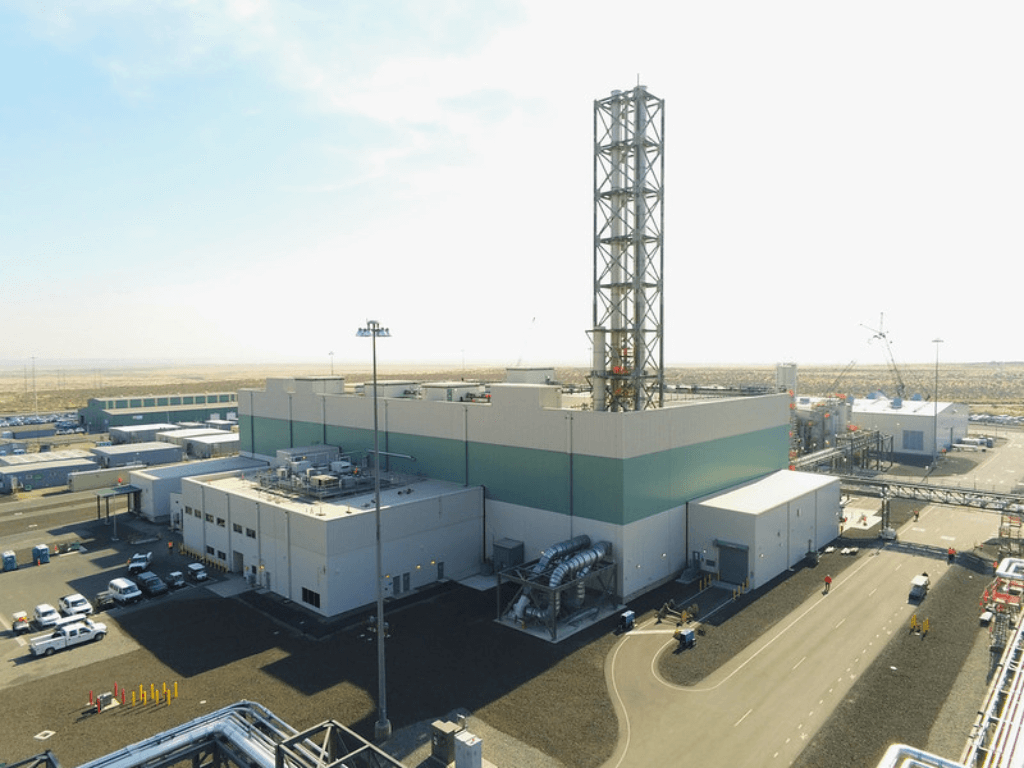
Weapons Complex Monitor Vol. 35 No. 46
Visit Archives | Return to Issue PDF
Visit Archives | Return to Issue PDF
Weapons Complex Monitor
Article 1 of 8
November 26, 2024
Hanford ‘weeks’ away from putting simulant waste into treatment plant

The Waste Treatment and Immobilization Plant at the Hanford site will begin processing non-radioactive simulant waste in ‘a few weeks,’ a site spokesperson said Monday.
The non-radioactive simulant, which is still chemically hazardous, is a stand-in for the…
Partner Content